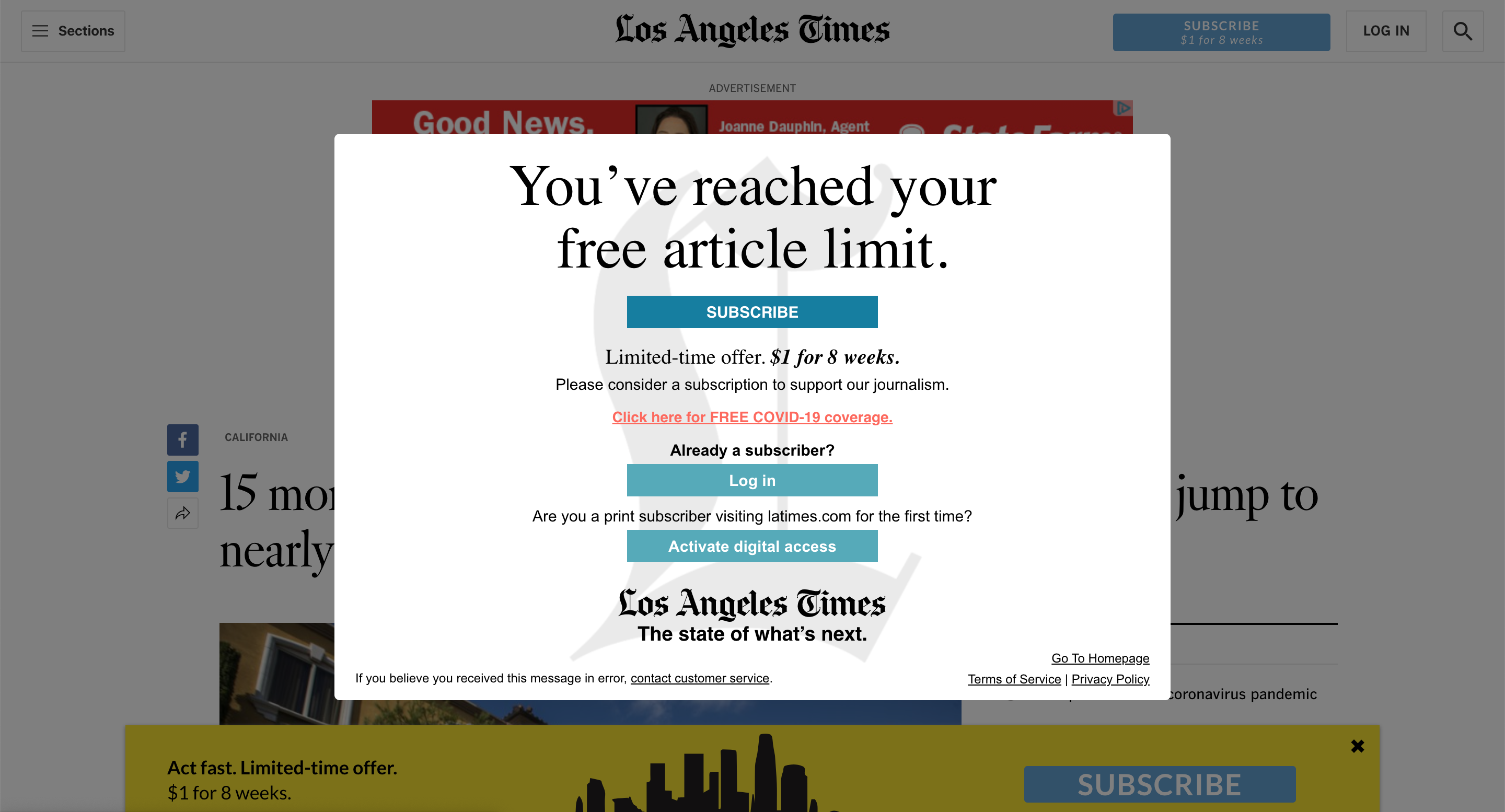This is actually pretty reading. I am signing websites up to Googles Search Console and this was one of the pages that was on it. Considering it is Google that supplied this document I consider it very worth reading.
And here goes...
The reports in Search Console are organized according to the general outline of the Google Search pipeline: Content is first crawled (discovered), then it is indexed (parsed and analyzed for content), after which you, the website owner, analyze the search traffic to your site and also consider how search results are displayed to the user or linked to by other sites.
And here goes...
The reports in Search Console are organized according to the general outline of the Google Search pipeline: Content is first crawled (discovered), then it is indexed (parsed and analyzed for content), after which you, the website owner, analyze the search traffic to your site and also consider how search results are displayed to the user or linked to by other sites.
Crawl
Google’s web crawlers follow links and sitemaps to generate a list of publicly available URLs to visit and index for content. This is the first step in the process of being added to Google’s search results.- Property
A generic term for a website or an app that you have added to your Search Console account. You can see a list of your properties on your account homepage. - Verify
To prove that you own the website or app referred to in your Search Console account. A property must be verified before you can start seeing any data for it. You’ll be asked to verify a site after you add it to your Search Console account. - Googlebot
Google’s web crawler. Google has a few different Googlebots that request your pages as different device types (a smartphone, a feature phone, or a desktop computer) to calculate different search results for users searching on these devices. - Canonical
If you host the same page at different URLs, your search results can be diluted across these duplicate pages. For example, you might have the same page at http://example.com/dogs and http://www.example.com/dogs; a search might then show separate, lower ranked results for each page than if you had only a single page. In this case, you should indicate to Google that these pages are the same, and choose one to be canonical (the official page) to show in search results. Indicate canonical pages or sites using a Sitemap, HTML tags, or Search Console settings. - robots.txt
The name of a file on your site that tells Google which pages not to index or show in search results. - Sitemap
A list of URLs in your site that Google uses as starting locations to begin crawling a website. A sitemap is contained in one or more files stored on your website.
Index
The process of visiting URLs and analyzing the content and meaning of each page. This helps Google determine the best search results for a user’s query.- Resource
A web page typically loads many additional resources such as CSS, JavaScripts, and images. Be sure that Googlebot isn’t blocked from accessing any resources that affect the meaning of the page during the indexing process. - Render
Google tries to display all pages that it indexes in order to view the page as a user would. Rendering is the process of displaying the page with the images and layout to help Google analyze the meaning of the page.
Search traffic
- Manual action
If your page violates one of Google’s quality guidelines, such as spammy content, it can be subject to a manual action, which will demote it in Google search results. - International targeting
Explicitly targeting your search results at users by language or country. This can be done using hreflang link tags or the country targeting setting in Search Console.
Search appearance
How your page or app appears in search.- Structured data
A public XML standard way of describing information about your pages in a format that the Google crawling engine understands. For instance, you can add ratings, event information, or video information. Some types of structured data are used to create rich snippets. - Snippets
The small descriptive lines of text that appear under each result in Google search results. These are generated programmatically by Google during indexing, and can have visual characteristics known as rich snippets. - Rich snippet
A visually enhanced Google search result, such as star ratings or event times. Rich snippets are often generated from structured data added by the page author. - Sitelink
If your website has a logical hierarchy or structure, Google might display a set of sub-links below the main search result. For example, for an airline site, the main result will be the airline home page, and the smaller links below would be direct links to the booking page, the flight status page, the baggage policies page, and so on. You cannot specify sitelinks for your site.

No comments:
Post a Comment